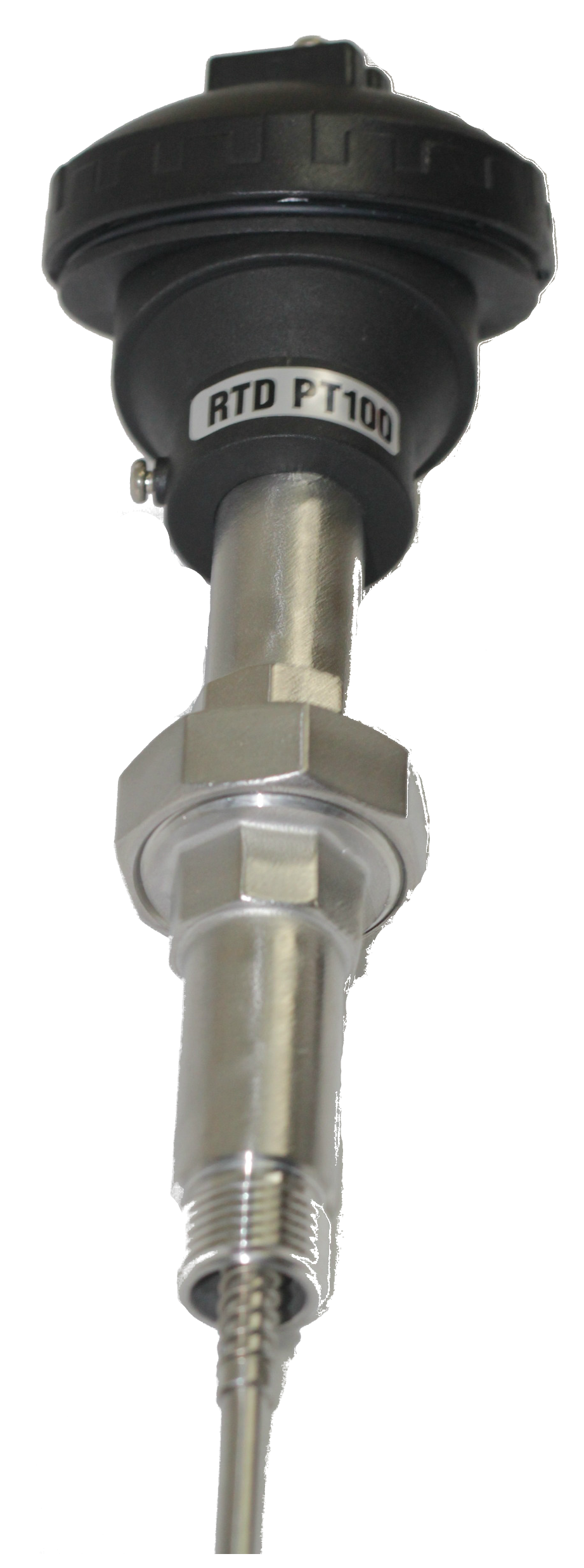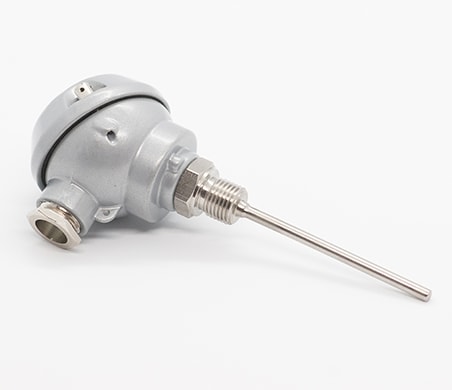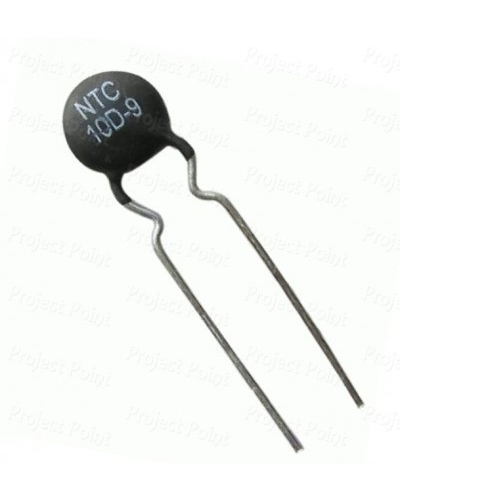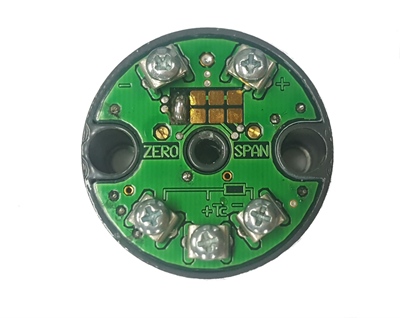The difference between a temperature sensor and a temperature transmitter
Working with temperature sensors and temperature transmitters can be a complex yet effective process. To use both these tools efficiently, it is best to be educated and informed to understand the differences, but also how they work together to measure the temperature change.
Below, we will explain the distinction between the two and how they correlate with each other to provide accurate temperature measurements.
Temperature Sensor
A temperature sensor is a device that provides temperature measurement via an electrical signal. The sensor is made up of two metals, which generate electrical voltage or resistance once it notices a change in temperature. To see more on how a temperature sensor works, click here.
The temperature sensor plays a critical role in maintaining a specific temperature within any equipment used to make anything from medicine to beer. To produce these types of content, the accuracy and responsiveness of the temperature and temperature control are critical to ensuring the end product is perfect.
Temperature sensors come in different forms, which are used for different methods of temperature management. The primary temperature sensors
include:
- Resistance Temperature Detector (RTD)
The RTD is known as a resistance thermometer and measures the temperature by the resistance of the RTD element with the temperature. The metal can be made of different materials including platinum, nickel or copper. However, platinum is the most accurate and therefore carries a higher cost.
- Thermocouple
The Thermocouple is a sensor made up of two wires with two different metals connected at two points. The voltage between the two wires reflects the change in temperature. Although the accuracy can be slightly lower than an RTD, they have the most extensive temperature range from -200 °C to 1750 °C and are generally more cost effective.
- Negative Temperature Coefficient (NTC) thermistor
The thermistor displays a precise, predictable and large change in the alteration of various temperatures. With this large change, it means the temperatures are reflected very fast but also very accurately. With this large and fast nature, the NTC thermistor does require linearization – so there is some mathematics involved.
To simplify, a temperature sensor does just that, it senses the temperature of any content needing to be measured, whether that is solids, liquids or gases.
Temperature Transmitters
The temperature transmitter is the device, which connects to the temperature sensor to transmit a signal for monitoring and controlling purposes.
The temperature sensor is generally an RTD, Thermistor or Thermocouple sensor (as mentioned above), which will interface with a DCS, PLC, data logger or hardware display.
The role of the temperature transmitter is to isolate the signal of the temperature, to filter any EMC noise and to amplify and convert the temperature sensor signal to a 4-20mA or 0-10V DC range.
The 4-20ma temperature transmitters are the most common when it comes to manufacturing as the majority of the industrial equipment used is formatted to communicate within this temperature range.
The temperature of the transmitter can be scaled inside the device to accommodate for the needs of the application. In terms of temperature gauges, the 4mA represents -17.7°C – or 0° Fahrenheit and 20mA, which is the highest measurement, represents 37.7° C – or 100° Fahrenheit.
A temperature transmitter works by drawing in the current from the remote DC power supply, connected to the sensor input. The actual signal is transmitted as a change in the power supply. To connect the temperature transmitter, only two copper wires are needed.
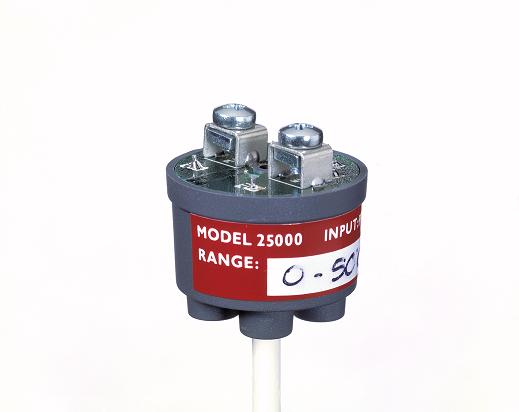
So, what are the advantages of using a temperature transmitter over the more traditional measurements?
- AC power isn’t needed in a remote location when operating a two wire transmitter
- Electrical noise isn’t loud or powerful with the two wire transmitter
- A temperature transmitter is cheaper to use as the wires are not expensive to obtain
Now we can see how both devices work, what are the key differences?
The differences between the sensor and the transmitter
We know and understand the main functions of a temperature sensor and a temperature transmitter, so it is clear to see the differences between the two.
The most noticeable difference is, the sensor is the device which measures or senses the physical temperature and converts it into measurable units of electrical current, including voltage or resistance. Whereas, the transmitter is the device connected to the sensor which works to convert the measured temperature into a signal so it can be seen, logged and maintained.
Although they are both different tools, they both work together and have a critical role in ensuring accurate temperatures are measured and communicated so it can be controlled.
If you have any questions or enquiries, please contact us or call 1300 737 976. Our sales engineers are here to assist with any requirements you may have.

